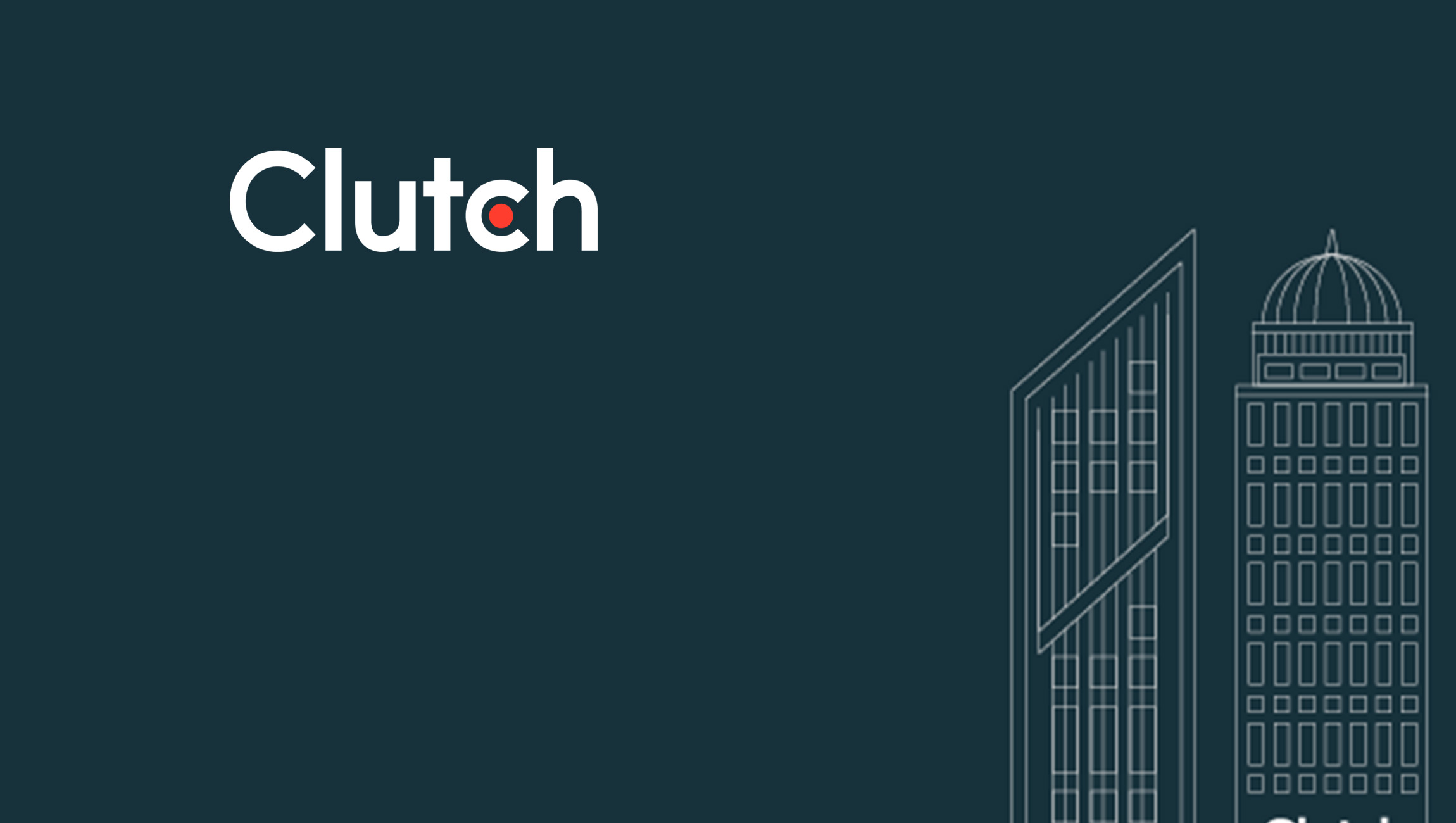Businesses Risk Losing Customers and Hurting Their Reputation with Poorly Crafted Online Forms. A New Survey Offers Data and Advice for Businesses on Designing Better Web Forms
Nearly 90% of consumers fill out at least one online form per week on average, according to a new survey from Clutch, a B2B research firm.
However, consumers tend to abandon poorly designed online forms, putting small businesses at risk of losing conversions for lead generation or e-commerce sales.
Clutch surveyed 502 consumers that filled out a web form in the past month to understand how small businesses can improve their web forms’ design.
Also Read: Clutch Announces Leading Web Designers in Seattle and Portland
The survey found that ineffective online forms can harm a business’s reputation by suggesting that the business is untrustworthy or out of touch with technology.


“It says to a potential customer that you don’t understand technology and you care less about them. It tells a story of attention to detail that a company can provide,” says Mark Baldino, co-founder of Fuzzy Math, a Chicago-based user experience firm.
Experts recommend that small businesses apply user experience best practices that make it faster and easier to complete an online form. These best practices can also help ensure the data collected is accurate.
Also Read: Small Businesses Use Social Media Instead of a Website: Survey By Clutch
Almost half of the online form users (44%) say that the average web form takes 2 minutes or more to complete. However, small businesses should create short and efficient web forms that do not ask for extraneous information.

Features that autofill addresses or pull data from uploaded documents are popular, and can make a web form more concise. Applying conditional logic can ensure users aren’t asked irrelevant questions.

“For instance, if a form first asks for an age range, whatever that user answers, the subsequent questions should relate back to that. If someone says they’re 30-years old, the questions shouldn’t ask anything pertaining to a different age range,” said Leeyen Rogers, vice president of marketing at JotForm, a web form builder tool.
Also Read: JotForm Introduces JotForm Cards to Increase Form Conversions and Ease Data Collection
Online form features such as a status bar indicating progress, inline validation, or a password strength checker can help deliver a better user experience and are preferred by 90% of online form users, the survey found.
Finally, consumers indicate that they prefer to scroll through all the form’s questions on one page rather than clicking through multiple pages of questions. This stands in opposition to current design trends, which promote forms with multiple pages.
Clutch surveyed 502 consumers who filled out an online form within the past month; 67% of those surveyed had filled out an online form within the past week.
Recommended Read: How to Boost Push Notification Engagement with Mobile App Deep Linking











